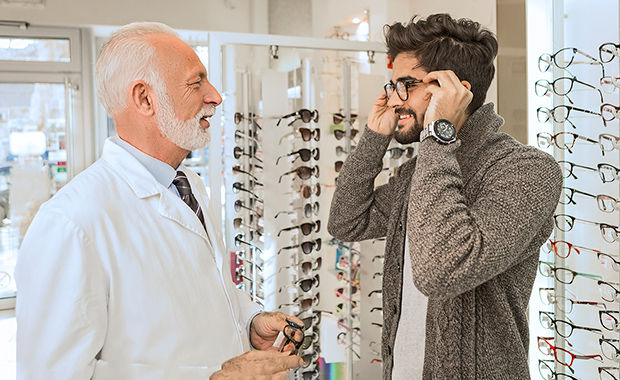When It Comes to Seeing, Better Isn't Good Enough
Education and Advocacy When it comes to your eye care, all three O's - Optometrists, Ophthalmologists, and Opticians, are necessary to keep your eyes in top health.

When it comes to your eye care, all three O’s — Optometrists, Ophthalmologists, and Opticians — are necessary to keep your eyes in top health. Each of these eye care professionals has a role to play in making sure that your eyes stay healthy and that you receive the best care and vision. After your optometrist has assessed your eye health, he or she may refer you to an ophthalmologist, or prescribe a new prescription for eye glasses or contact lenses. This prescription is a referral for you to see your licensed optician.
Every person has different visual needs and your optician can customize your lens to fit your lifestyle.
A licensed optician has the expertise to use your prescription, the measurements of your face, and your daily activities to take you from being able to see to having the best possible vision. Every person has different visual needs and your optician can customize your lens to fit your lifestyle. Eyeglasses made for playing piano will be very different than eyeglasses made for driving a motorcycle. You and your optician can discuss what is best for you and what you do.
Contact lenses offer another excellent opportunity for you to see what your optician can do for your vision. Just like eyeglasses, contact lenses are made in many different materials, sizes, and colours — and there are even different lengths of time for wear. A licensed optician will fit you with contacts that will be comfortable, ensure that your eyes remain healthy, and give you the best possible vision.
Opticians, along with optometrists and ophthalmologists, are committed to your eye health and to your vision. When it comes to seeing, better isn’t good enough. Licensed opticians want you to see your best.
